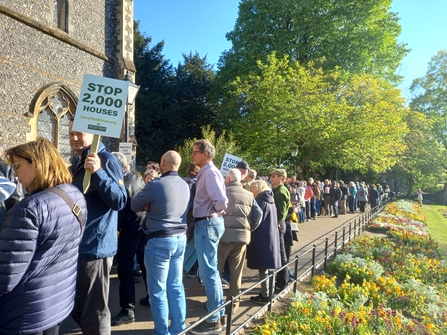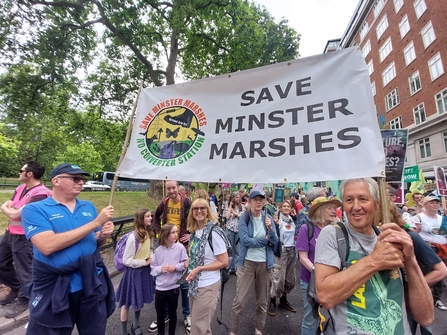It may seem like a lost cause when a large developer eyes up a nature-rich haven in your community, but before you give up hope, never forget - David beat Goliath. However, the journey to saving green space is a tough one, but with people power, the right campaign, and the right vision, it is completely possible. The question is, how do you go about it?
Step one – find out what the score is
How did you find out about the development in the first place? Was it a rumour, or something more substantial? Check out the planning portal on your local council’s website and make sure your facts are correct. Once you have done that, drop the planning department an email to find out about significant timelines within the process so you can plan accordingly.
Step two – people power
If you are concerned about a development that is threatening a precious wildlife habitat in your area, the chances are you are not the only one. Take to your community online gossip boards and contact your parish council. Then, begin to draw up a list of people willing to help form a campaign group. It can be helpful to set up a Facebook group where people can share comments, concerns, and actions. Call a public meeting so people can raise their concerns and you can direct action - for example, encouraging people to comment on the plans.



